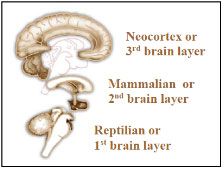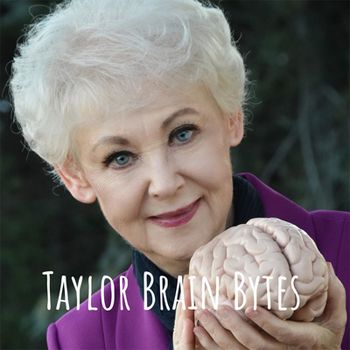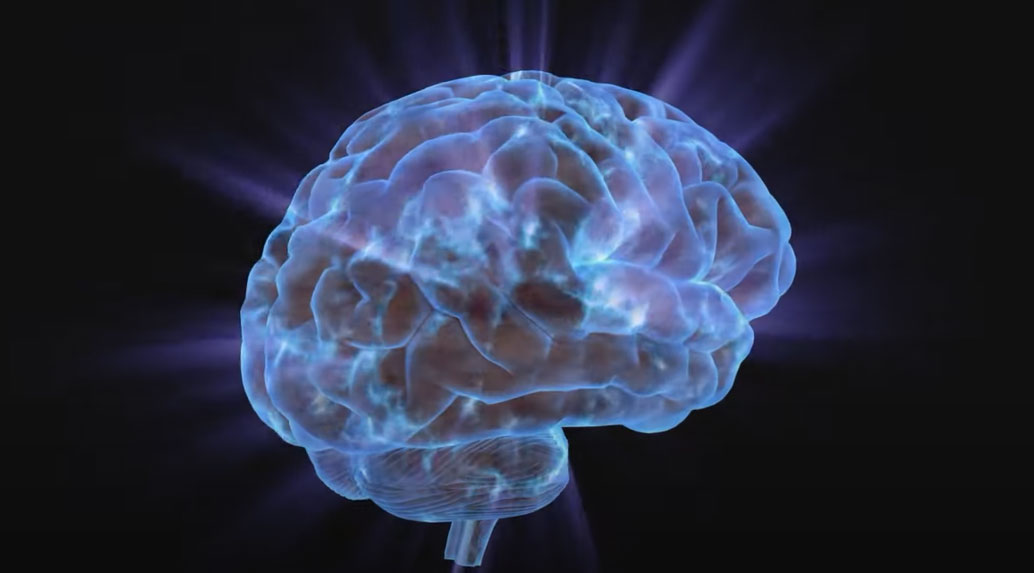Affirmation Advantage

©Arlene R. Taylor, PhD
www.ArleneTaylor.org
 Lyria was morbidly obese—life-threateningly over weight. There was no other word for it. The scales could register up to 350 pounds and the needle hit the top before she had stepped up with both feet! A delightful woman—barely out of her teens—Lyria had enrolled in the Longevity Lifestyle Matters Program because, as she put it, “I feel sorry for my heart.” She had read that the heart must pump blood through an additional seven miles of blood vessels for every pound of unnecessary fat. “That’s probably in the nature of several thousand miles of unnecessary blood vessels,” she said, wryly. “Doc says my blood pressure was dangerously high, to say nothing of making it almost impossible for me to go anywhere without being pushed in a wheelchair.”
Lyria was morbidly obese—life-threateningly over weight. There was no other word for it. The scales could register up to 350 pounds and the needle hit the top before she had stepped up with both feet! A delightful woman—barely out of her teens—Lyria had enrolled in the Longevity Lifestyle Matters Program because, as she put it, “I feel sorry for my heart.” She had read that the heart must pump blood through an additional seven miles of blood vessels for every pound of unnecessary fat. “That’s probably in the nature of several thousand miles of unnecessary blood vessels,” she said, wryly. “Doc says my blood pressure was dangerously high, to say nothing of making it almost impossible for me to go anywhere without being pushed in a wheelchair.”
It didn’t take long to discover that Lyria did not understand the difference between a sensation of physical hunger and thirst or of a core emotion, for that matter. Consequently, she ate when she felt hungry, thirsty, happy, mad, anxious, sad, or you name it. When she was asked, “How do you feel right now?” her response was, “I feel hungry for pie.” It took a while for Lyria to comprehend that “hungry for pie” was not a feeling! In her case, “hungry for pie” was an indication that she used food to trigger her brain reward system. The dopamine that was released made her feel “better” for a short period of time, and then she would need to eat again. Bottom line, Lyria exhibited addictive behaviors around food. It was her drug of choice—especially the fat, sugar, white flour, and other simply carbohydrates contained in the pie. No matter the flavor: pecan, lemon, pistachio, banana coconut, key lime, pumpkin, cherry, berry, rhubarb, apple, Boston Cream—just as long as there were a pair of pies. If Lyria ate any, she ate two. Pies, not slices!
When Lyria reviewed the Yale top 15 addictive-like food, she checked off 14 of them. (Below is the list along with the addictive rate.)
- Pizza - 4.01
- Chocolate - 3.73
- Chips - 3.73
- Cookies - 3.71
- Ice Cream - 3.68
- French Fries - 3.60
- Cheeseburger - 3.51
- Soda - 3.29
- Cake - 3.26
- Dairy Cheese - 3.22
- Bacon - 3.03
- Fried Chicken - 2.97
- Rolls - 2.73
- Buttered Popcorn - 2.64
Lyria mumbled to herself through much of each meal. “Are you saying grace or complaining?” one of the program participants asked.
“Neither,” Lyria replied, chuckling. “I’m telling myself: I don’t want to eat two pies today. I don’t even want to think about two pies!”
 Lyria’s self-talk was unhelpful. When I asked her what picture she saw in her mind’s eye after repeating those phrases, she answered, “Duh! Two pies.” That was no surprise. The brain tends to think in pictures. However, it is relatively easy for the brain to miss the word don’t. This is especially true of the subconscious brain layers, the reptilian, the mammalian, and parts of the neocortex.
Lyria’s self-talk was unhelpful. When I asked her what picture she saw in her mind’s eye after repeating those phrases, she answered, “Duh! Two pies.” That was no surprise. The brain tends to think in pictures. However, it is relatively easy for the brain to miss the word don’t. This is especially true of the subconscious brain layers, the reptilian, the mammalian, and parts of the neocortex.
“You just gave your brain a map to follow: two pies,” I explained. “What could you do to reverse that mental picture?” Lyria had not a clue.
In truth, it’s not possible to follow an open-ended negative instruction such as, “I don’t want to eat two pies,” or “Don’t think about two pies.” Even if you stumble on a strategy that endeavors to replace the picture of two pies with something else, you will always come back to thinking about the two pies, if only to remind yourself that you’re supposed to be thinking about something else!
The subconscious brain readily understands positives. That’s why affirmation is the programming language of the brain. The brain processes negatives (the reverse of an idea) much less effectively. Unfortunately, growing up most people heard 7-9 negative comments for every positive one. Those from quite dysfunctional families typically heard 30-40 negative comments for every positive comment or instruction. Think back to your childhood. What did you hear? If you heard, “Don’t do this, don’t do that, you can’t do this, you shouldn’t do that,” your brain is likely filled with negative self-talk recordings.
When the brain hears the words “Don’t touch the stove,” it initially creates a picture of touching the stove. If it picks up on the word “don’t” then it must try to create a different picture, one related to the reverse of the first idea. This is a two-step process and difficult for an adult brain to accomplish—almost impossible for a child’s brain!
It is usually much more effective to say, “Keep your hands away from the stove.” That is a one-step process as the brain’s initial picture is of the hands being held away from the stove. It is clearer and takes less time and energy, since the brain doesn’t have to try creating a reverse picture.
Given that Lyria wanted to start living a Longevity Lifestyle, it was important that she get her “mindset” in hand. The brain can only do what it thinks it can do and Lyria needed to tell her brain what she wanted it to help her do. Instead of thinking helpless and hopeless thoughts, Lyria began seeing in her mind’s eye what she would look like when she reached her desired weight range. That gave her subconscious a “picture” to follow—because the reptilian and mammalian layers do not use language per se but they can follow the mental pictures that are created by language in the neocortex.
Lyria also needed to get her “self-talk” on board. That meant she needed to change not only her thoughts but what she said to herself. Affirmation is the programming language of the brain. She wrote down several phrases and repeated them several times a day using the new research-based self-talk style. It must be positive, present-tense as if it is already happening, and in short phrases or sentences. For example:
- Lyria, you drink a glass of water 30 minutes before you eat.
- Lyria, you drink enough water to give you one or two pale urines a day.
- Lyria, you only have in the house the food you choose to eat.
- Lyria you are enjoying living a Longevity Lifestyle.
- Lyria, you eat fresh fruit only and love it.
And so on.
Lyria wants to know the reason for speaking in the present tense as if what you want the brain to help you accomplish is already happening. Simple. When you speak in a future tense, the brain tends to think, “When the future comes I’ll help you make it happen.” But since you’re speaking in a future tense, you never arrive at that future point, so to speak. When you use present-tense words and phrases the brain thinks, “Wow! I better get with the program!”
Is using an affirming communication style a simple concept? Absolutely! It is easy to change a life-time of self-talk patterns? No! And it can be done. Lyria did it. Several months later when she returned for an alumni program, she could step onto the program scales without the needle hitting the maximum! Not only that, her blood pressure readings had dropped significantly as had her cholesterol levels—and she could walk around the block on her own two feet!
When it was Lyria’s turn to recount her journey toward better health, more than 100 program attendees listened intently. It was obvious that life had already vastly improved. She concluded her short presentation with these words: “I’m learning to use this new style of communication, with myself and with others. There have been times when I opened my mouth to say something and could not think of a single way in which to state my thoughts in a positive style. But practice helps. I am not biting my tongue nearly as frequently. Sure wish I could have learned this earlier in life—when I was five instead of twenty-five. But, better late than never!”
Life does go better with an affirming communication style—for yourself and for others. Does it prevent all problems? Of course not! It does give your brain a one-step picture to follow, however. I call it the “Affirmation Advantage,” and it can be used in any area of life. As Lyria said, better late than never. And there’s no time like the present to get started!




